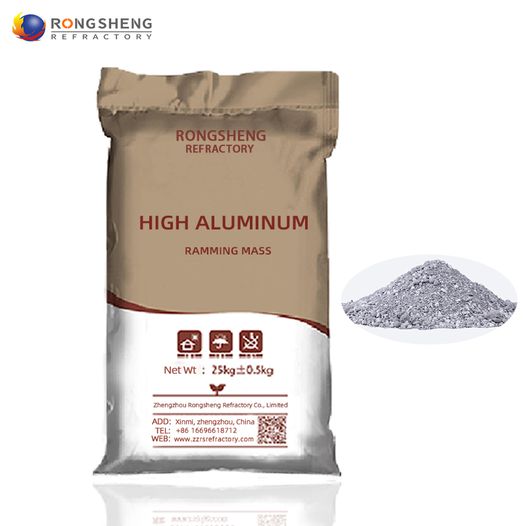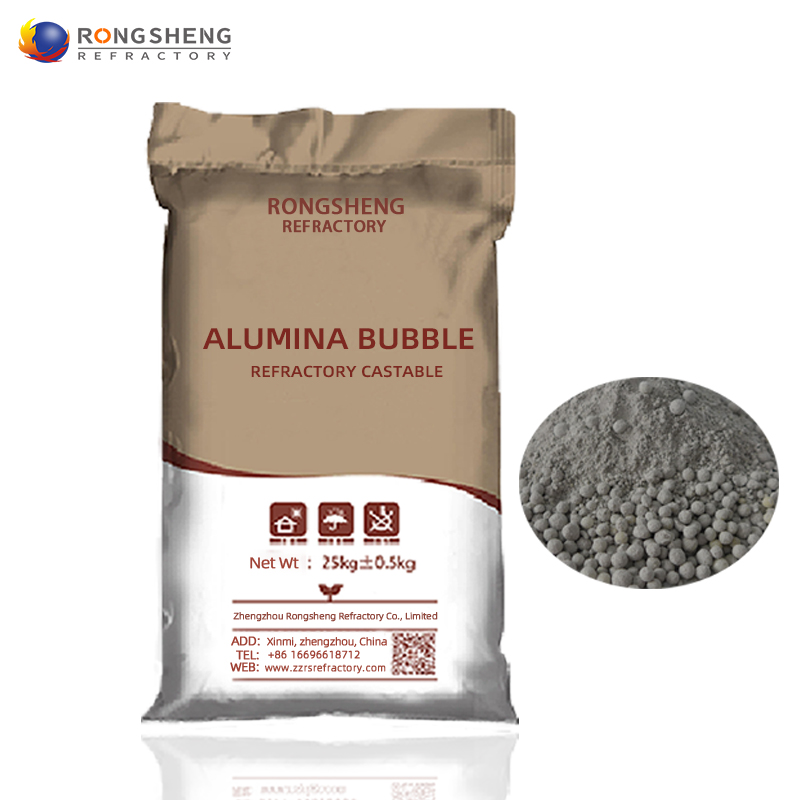キャスタブルとラム材の違い
キャスタブルとランミング材はどちらも不定形耐火物です. キャスタブルとランミング材はさまざまな骨材から作られています, 粉末, 適切な割合のバインダー. どちらも不定形耐火物です. 同じ不定形耐火物ではありますが、, それらは大きく異なります.
キャスタブルとラム材の違いは何ですか?

施工方法が違う
衝突質量 打ち込みによって組み立てられ、加熱によって硬化されます。. 通常、直接、または叩いて液体を加えた後に形成されます。 (手動または機械式) 室温より高温になると硬化します。.
キャスタブル 注ぐだけで施工できるため、加熱せずに硬化できます。. 主に乾燥状態で納品され、水または他の液体と混合して使用されます。. いつもの, 振動鋳造, 非振動 (自己流動的) 鋳造, 体当たり, スプレーする, 必要に応じてタンピングを使用して、加熱せずに成形および硬化します。.
さまざまな材料の分類
材料の打ち込み 素材ごとに分類されています: 高アルミナ, 粘土, マグネサイト製圧着マス, ドロマイト, ジルコニウム, 炭化ケイ素・炭素耐火物打込み材.
キャスタブルは材質によって分類されます: 1. 気孔率分布による, 2つのタイプがあります: 密集 耐火物キャスタブル 及び気孔率以上の断熱耐火物 45%; 2. バインダーによると, それらは水圧接着に分けられます, 化学結合, 凝集性と耐火キャスタブルとの組み合わせ.

さまざまなアプリケーション
キャスタブルは現在最も広く生産され使用されている不定形耐火物です。. 主に、さまざまな加熱炉のライニングやその他の一体構造の構築に使用されます。. 冶金学の頑丈な炉や加熱装置で使用されます。, 石油, 化学工業, 建材, 電力, および機械産業. 高品質のショックアブソーバーは冶金業界で広く使用されています, 建材, および非鉄金属. 製錬, 化学, 機械, その他製造業. 製錬炉でも使用可能.
ラム材は炭化ケイ素製のバルク材です, 黒鉛, 電気焼成無煙炭を原料として使用, 各種超微粉末添加剤を配合, 結合剤として溶融セメントまたはコンポジットレジンを使用. 炉の冷却装置と石材の間の隙間を埋めるために、または石材の平坦化層の充填材として使用されます。. 打ち込み材は化学的安定性に優れています。, 耐浸食性, そして耐摩耗性.
 栄勝耐火物工場
栄勝耐火物工場
微信
wechatでQRコードをスキャンしてください